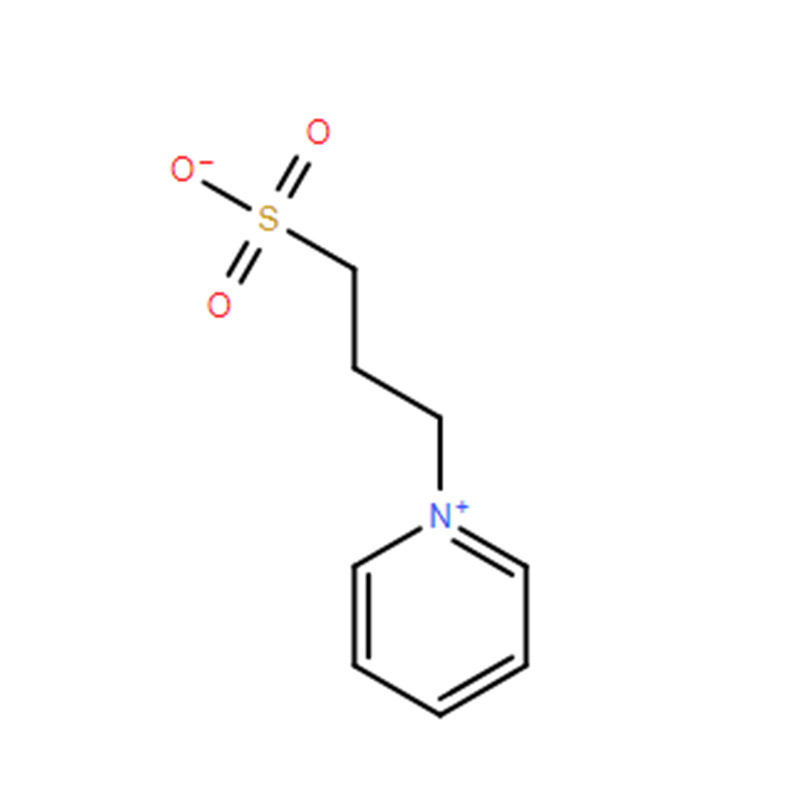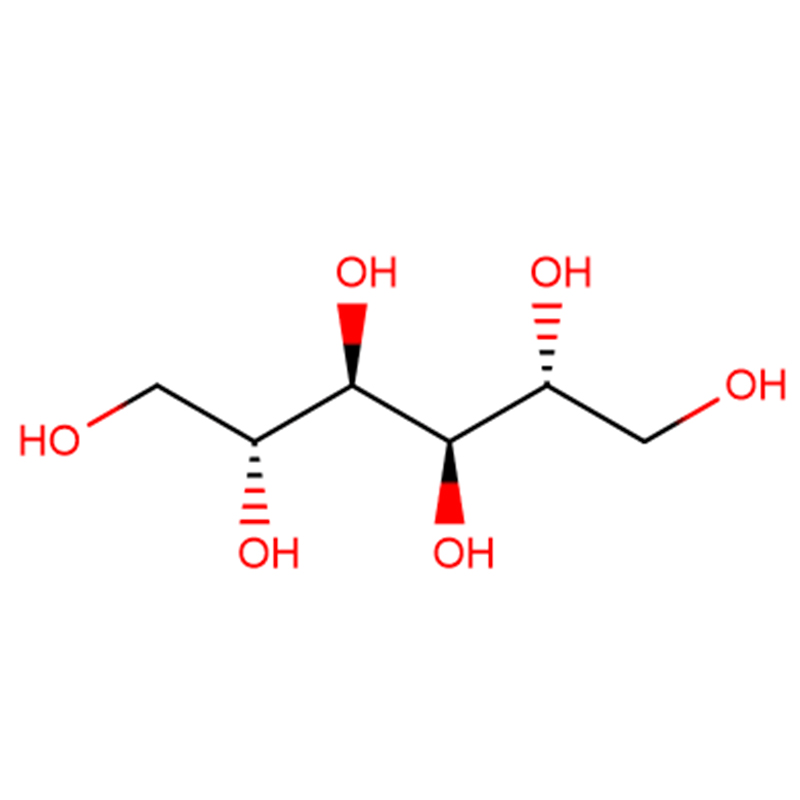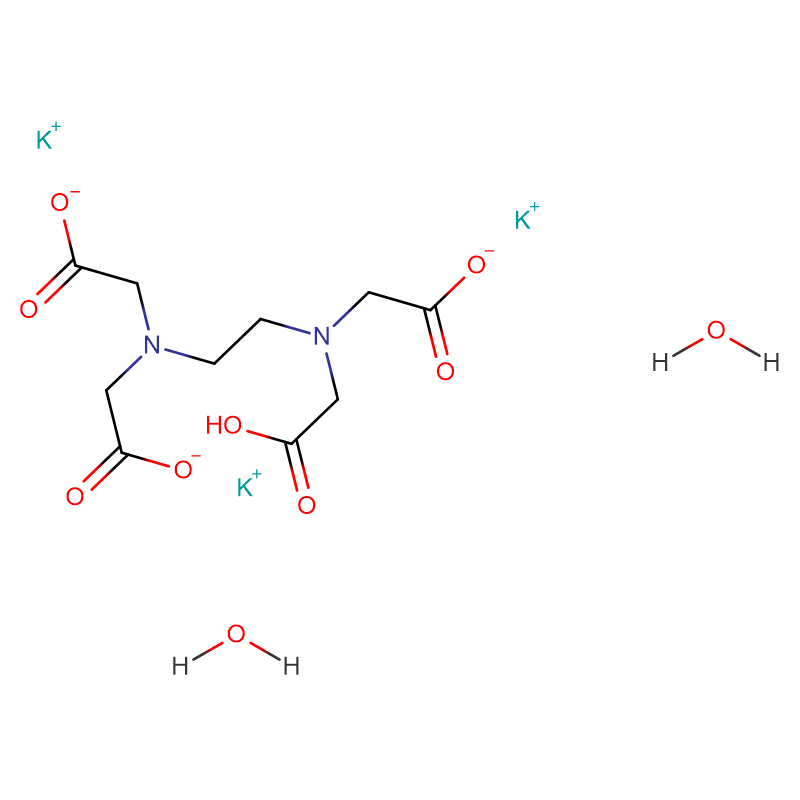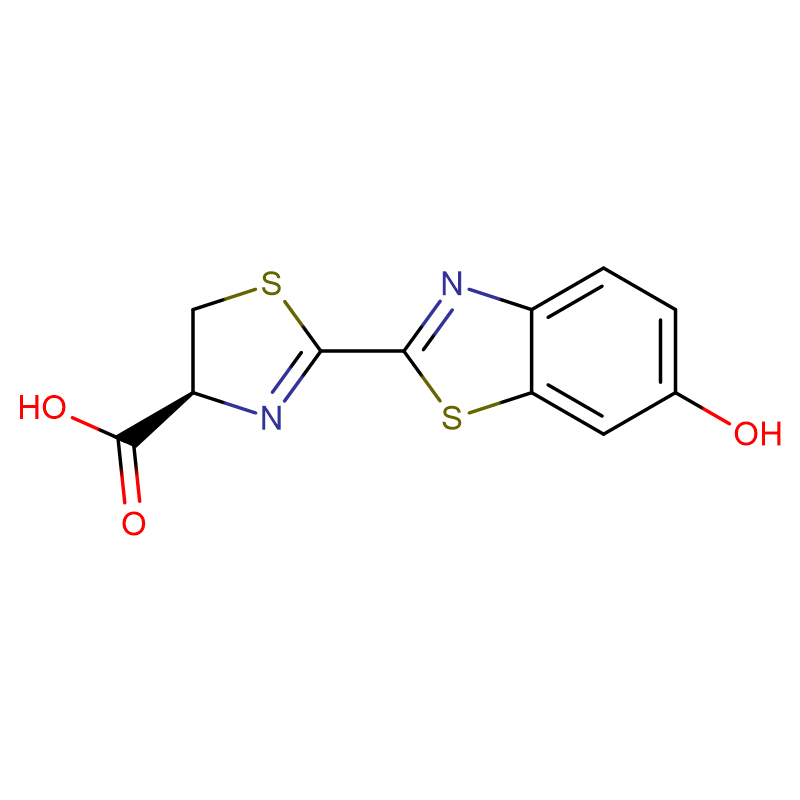3-(1-pyridinio)-1-propanesulfonate Cas: 15471-17-7 99% White powder
| Catalog Number | XD90192 |
| Product Name | 3-(1-pyridinio)-1-propanesulfonate |
|
CAS |
15471-17-7 |
|
Molecular Formula |
C8H11NO3S |
|
Molecular Weight |
201.24 |
| Storage Details | 0 to 8°C |
| Harmonized Tariff Code | 29333990 |
Product Specification
| Appearance | White powder |
| Assay | 99% |
Protein phosphorylation regulates diverse cellular functions and plays a key role in the early development of plants. To complement and expand upon previous investigations of protein phosphorylation in Arabidopsis seedlings we used an alternative approach that combines protein extraction under non-denaturing conditions with immobilized metal-ion affinity chromatography (IMAC) enrichment of intact phosphoproteins in Rubisco-depleted extracts, followed by identification using two-dimensional gel electrophoresis (2-DE) and liquid chromatography-tandem mass spectrometry (LC-MS/MS). In-gel trypsin digestion and analysis of selected gel spots identified 144 phosphorylated peptides and residues, of which only 18 phosphopeptides and 8 phosphosites were found in the PhosPhAt 4.0 and P3DB Arabidopsis thaliana phosphorylation site databases. More than half of the 82 identified phosphoproteins were involved in carbohydrate metabolism, photosynthesis/respiration or oxidative stress response mechani sms. Enrichment of intact phosphoproteins prior to 2-DE and LC-MS/MS appears to enhance detection of phosphorylated threonine and tyrosine residues compared with methods that utilize peptide-level enrichment, suggesting that the two approaches are somewhat complementary in terms of phosphorylation site coverage. Comparing results for young seedlings with those obtained previously for mature Arabidopsis leaves identified five proteins that are differentially phosphorylated in these tissues, demonstrating the potential of this technique for investigating the dynamics of protein phosphorylation during plant development.








